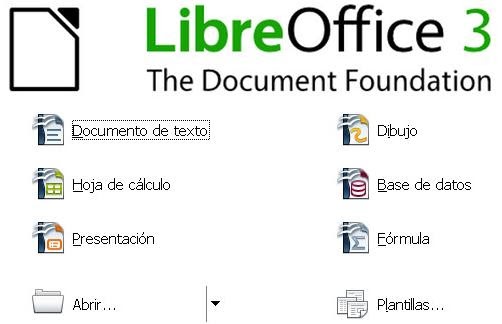

(Notice the text copied only multiplied 1st page style (portrait) and not mixed into 2nd style) Result with multiple page in each style, 1st style: (Notice differences in margins and text flow regardless same text contents)

(Left is First, middle is Landscape, and right is Envelope) (Notice three different paper designs in one document) Note: click each picture to enlarge it as they are all in large resolutions. This means text will automatically grouped in a certain page style and not mixed into next page style.
#Libreoffice page break manual
#Libreoffice page break how to
This pastes the total number of current pages wherever your cursor is - don’t get this confused with adding a page number.įor more customization options, take a look at our article on turning on dark mode for LibreOffice.(This is how to make a new page (called " Manual Break") properly if you work with Page Styles) Step 10: You may have also seen the option to add a Page count in these menus. Here you will see another option to add a Page number. Step 9: You can also insert the current page number anywhere by moving your cursor to that spot, selecting Insert, then selecting Field. These pages will not count for numbering purposes. This menu includes a number of options, including the ability to set a certain amount of Title pages (such as those for a foreword, table of contents, etc.) and where you want them. Step 8: If you would prefer that your title page not have a page number, you can navigate to your title page, select Format in the menu, and then select Title page … Step 7: If for some reason your document is not playing well with footers because of the format you are using or the work you’re doing, you can also add a page number by selecting the Insert tab in the menu, and choosing Page number if you typed “2” then the last two pages in the document would not be numbered, and numbering would start at “3” instead of “1.”

You will also see an Offset box here: The number you type here will remove that number of pages from the bottom of the document and start the page numbering system early - i.e. Step 6: For more options, double-click on your page number, and it will bring up an Edit field window where you choose from a variety of specific page number formats. Step 5: You can change the font and size of your page number using the same font tools in the toolbar that work for the rest of your document. You can also use the alignment buttons as you would with normal text. The number will appear wherever the footer cursor currently is, so you can easily position your cursor in the place you want the number (the Tab key works well here) before inserting the page number. Step 4: A highlighted page number will now appear in your footer and all the footers of your document on each page.


 0 kommentar(er)
0 kommentar(er)
